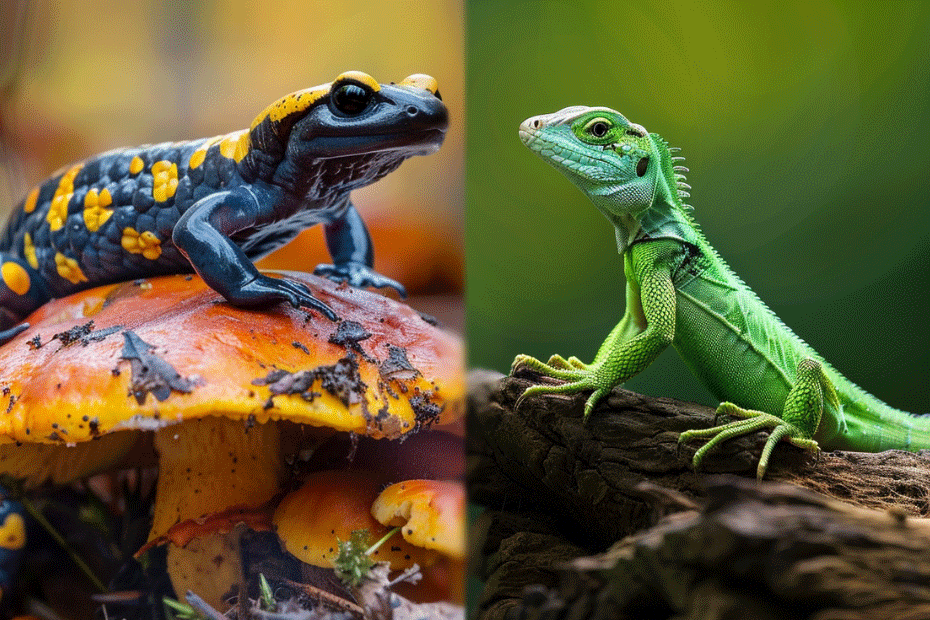If you’ve ever come across a salamander, you might have wondered, “Is a salamander a lizard?” These fascinating creatures share some similarities, but they also have distinct differences that set them apart. In this text, we’ll investigate into the world of salamanders and lizards to uncover the truth behind their classification.
While both salamanders and lizards belong to the broader category of reptiles, they belong to different subcategories. Understanding the key characteristics of each can help clarify whether a salamander falls under the classification of a lizard. So, let’s explore the unique features that define these creatures and shed light on the age-old question: Is a salamander truly a lizard?
Key Takeaways
- Salamanders and lizards belong to the broader reptile category but have distinct differences in key characteristics.
- Salamanders have moist, smooth skin, shorter limbs, and the ability to regenerate lost limbs and tails, while lizards have dry, scaly skin and longer limbs.
- Salamanders are typically found in moist environments, whereas lizards prefer drier habitats.
- Salamanders are often carnivorous, while lizards have a more varied diet that may include plants.
- Salamanders have unique features like regrowing lost tails and bright skin colors for warning predators.
- Understanding these differences can help clarify whether a salamander falls under the classification of a lizard.
Exploring the Differences Between Salamanders and Lizards
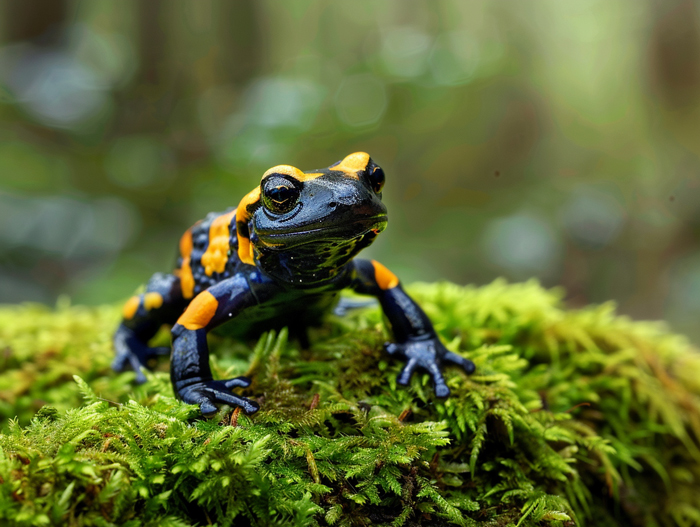
When distinguishing between salamanders and lizards, it’s crucial to understand their unique characteristics. Here are some key differences to help you differentiate between the two:
Skin Texture:
- Salamanders have moist, smooth skin, while lizards usually have dry, scaly skin.
Limbs:
- Salamanders have shorter limbs closer to their bodies, whereas lizards typically have longer limbs that extend outward.
Tail Regeneration:
- Salamanders have the remarkable ability to regenerate lost limbs and tails, a feature not present in lizards.
Habitat:
- Salamanders are commonly found in moist environments such as forests and near water sources, while lizards are more diverse in habitat preference.
Feeding Habits:
- Salamanders are often carnivorous, preying on insects and small invertebrates, whereas lizards have a more varied diet that may include plants.
Understanding these distinctions will allow you to appreciate the unique characteristics of both salamanders and lizards without confusion.
Characteristics of Salamanders
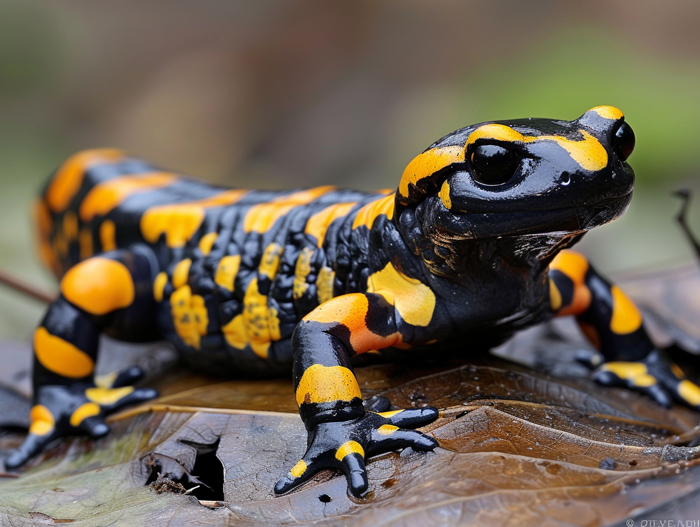
Physical Features
- Salamanders have smooth, moist skin, while lizards typically have rough, dry scales.
- Salamanders have slender bodies, long tails, and shorter limbs compared to lizards.
- Salamanders can regrow lost tails, a unique feature not seen in lizards.
- Some salamanders have brightly colored skin, used for warning predators, while lizards tend to have more camouflaged colors.
- Salamanders are often found in damp, cool environments like forests, streams, and wetlands.
- They prefer habitats with high humidity levels to keep their skin moist.
- Lizards, on the other hand, are more commonly seen in drier habitats like deserts, grasslands, and rocky areas.
- Lizards thrive in places with ample sunlight to regulate their body temperature effectively.
Characteristics of Lizards
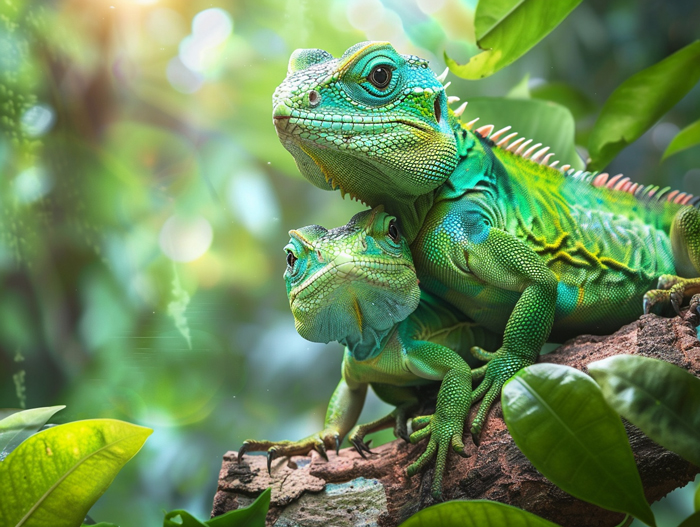
Physical Features
- Rough, dry scales
- Slender bodies
- Long tails
- Shorter limbs compared to salamanders
- Commonly found in drier habitats like deserts and grasslands
- Prefer areas with ample sunlight for regulating body temperature
Key Contrasts Between Salamanders and Lizards
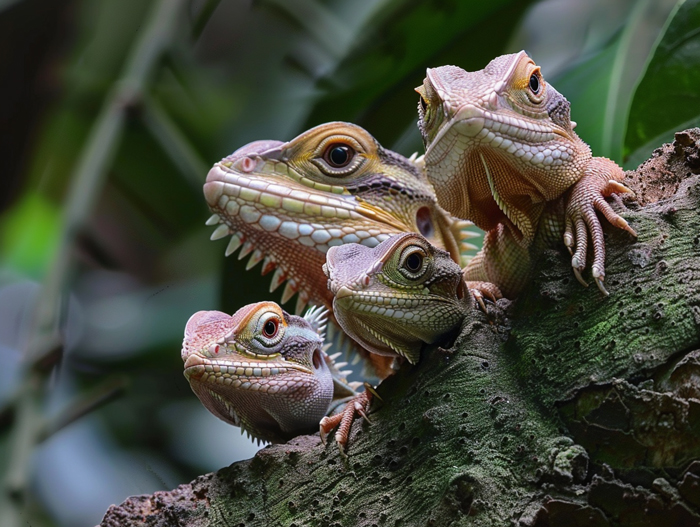
Behavior
- Salamanders: Prefer moist environments, often found near water bodies.
- Lizards: Often found in drier habitats like deserts and grasslands.
- Both: Use their environment for thermoregulation but have different preferences.
Reproduction
- Salamanders: Lay their eggs in water or moist environments.
- Lizards: Lay their eggs on land.
- Both: Have distinct reproductive strategies based on their habitat.
- Salamanders: Ancient group of amphibians, close to 170 million years old.
- Lizards: Evolved from reptiles around 230 million years ago.
- Both: Have rich evolutionary histories but belong to different orders.
Conclusion
Understanding the distinctions between salamanders and lizards is crucial in appreciating their unique characteristics. Salamanders thrive in moist habitats, while lizards are adept at surviving in drier environments. Their contrasting reproductive methods, with salamanders preferring water for egg-laying and lizards favoring land, further emphasize their individual adaptations. Exploring their evolutionary timelines reveals the ancient origins of salamanders and lizards, shedding light on their diverse evolutionary paths. By recognizing these differences, you gain a deeper insight into the intriguing area of these distinct yet captivating creatures.

Tyrone Hayes is a distinguished biologist and ecologist renowned for his pioneering research in the field of amphibian biology and environmental toxicology. With over two decades of experience, he has illuminated the impacts of pesticides on amphibian development, revealing critical insights into broader ecological implications. Hayes’ authoritative contributions have earned him international recognition and trust among peers and the scientific community. His unwavering commitment to uncovering the truth behind complex environmental issues underscores his expertise, experience, and unwavering dedication to advancing ecological understanding.
